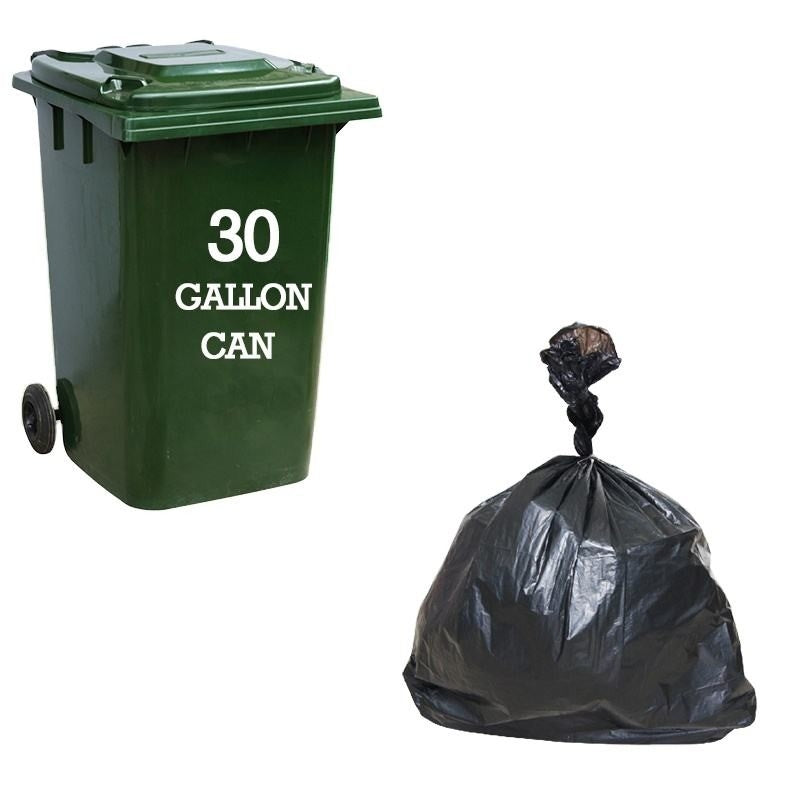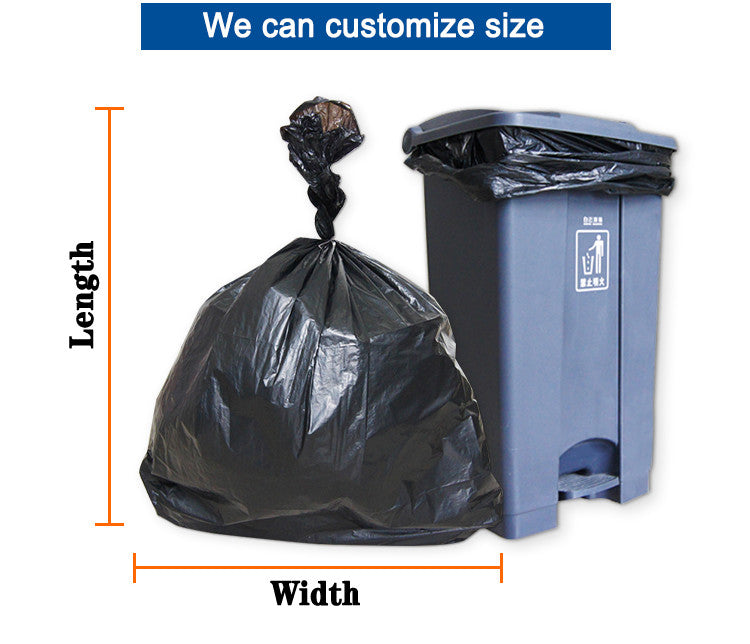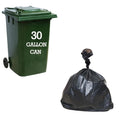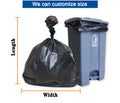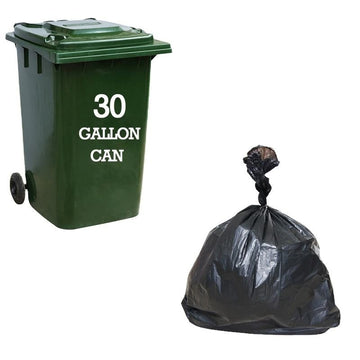
Biodegradable 30 Gallon Garbage Bags
Make the environmentally conscious choice with our Biodegradable 30 Gallon Garbage Bags. Designed to handle heavy waste loads, these durable bags offer a strong, leak-proof solution for your waste disposal needs. Crafted from eco-friendly, biodegradable materials, they break down naturally over time, reducing environmental impact. Perfect for homes, offices, schools, or businesses, these large-capacity bags are ideal for collecting and managing trash, yard waste, or recycling. Available in a convenient pack for bulk use, they’re a sustainable choice that doesn’t compromise on strength or reliability. Choose our biodegradable garbage bags for a cleaner, greener tomorrow!
- Capacity: 30 Gallons
- Material: 100% Biodegradable In 3 Months
- Strength: Heavy-duty construction
- Perfect for: Household, office, yard waste, and recycling
- Leak-Proof & Tear-Resistant
- Pack Size: Available in bulk options
Keep your space clean while helping protect the planet!
FAQ
What is the best biodegradable packaging?
Biodegradable packaging is made from materials that can naturally break down into non-toxic components when exposed to environmental conditions such as sunlight, heat, and moisture. Unlike traditional plastic, biodegradable packaging does not leave behind harmful waste and decomposes over time, making it an eco-friendly alternative.
The best biodegradable packaging depends on your specific needs and the type of product being packaged. Common options include materials like PLA (polylactic acid) for food containers, biodegradable paper or cardboard for shipping, and compostable bags for lightweight items. Look for certifications like ASTM D6400 or EN 13432 to ensure the packaging meets biodegradable standards.
What are biodegradable materials used for packaging?
Biodegradable materials commonly used for packaging include:
- PLA (polylactic acid): Made from fermented plant starches like corn or sugarcane, commonly used for containers and utensils.
- Bagasse: Derived from sugarcane fibers, often used for plates, bowls, and trays.
- Kraft Paper: Used for bags, wrapping, and shipping.
- Bamboo: Used for rigid packaging and reusable containers.
These materials are eco-friendly and decompose naturally over time.
How does biodegradable packaging affect the environment?
Biodegradable packaging reduces the amount of waste that ends up in landfills and oceans. It decomposes into natural elements like carbon dioxide, water, and organic matter, reducing pollution and minimizing the environmental footprint compared to traditional plastic packaging. Additionally, some biodegradable materials enrich the soil when composted, promoting a healthier ecosystem.
Is biodegradable packaging as strong and durable as plastic packaging?
The breakdown time for biodegradable packaging varies depending on the material and environmental factors. Typically, biodegradable packaging can take anywhere from a few months to a couple of years to fully decompose. However, in ideal conditions (such as composting), it breaks down much faster compared to conventional plastic.

